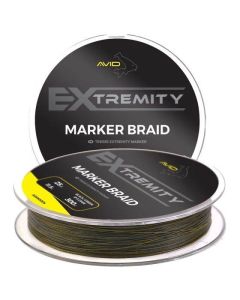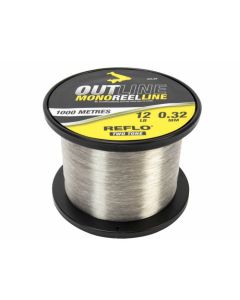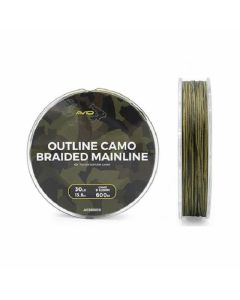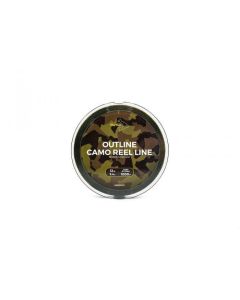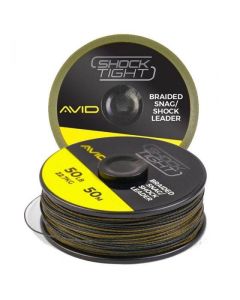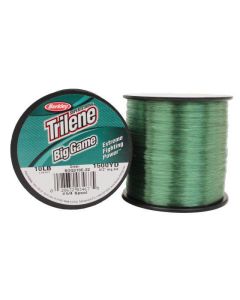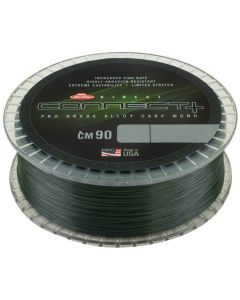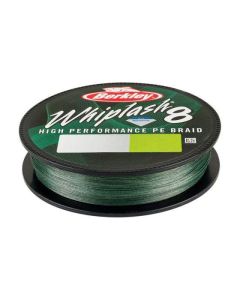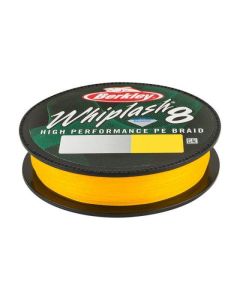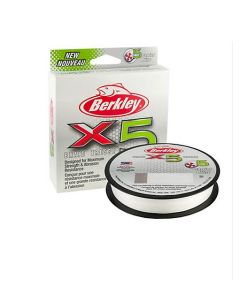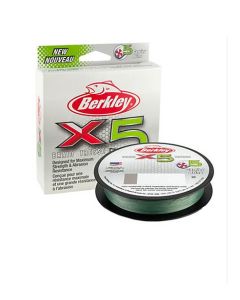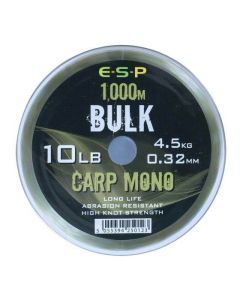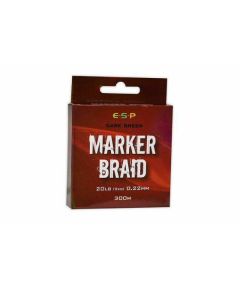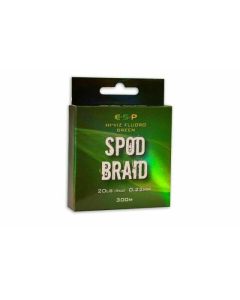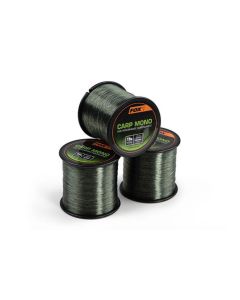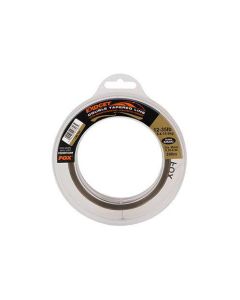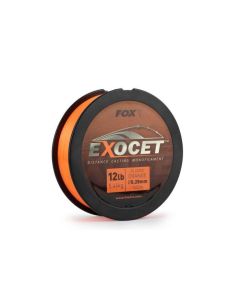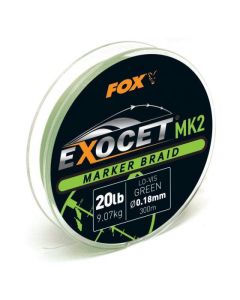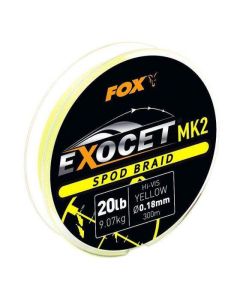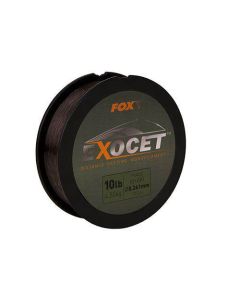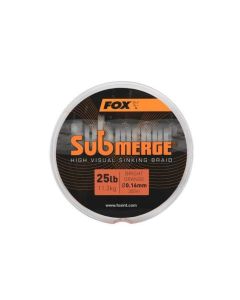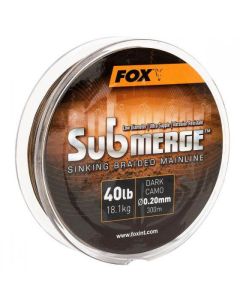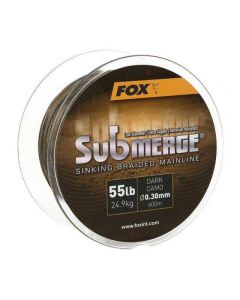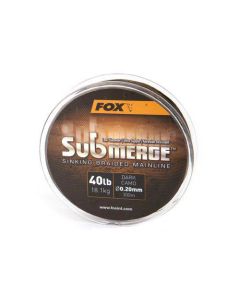The Evolution of Fishing Lines: A Journey Through Time
Monofilament: The Enduring Classic
Monofilament lines have evolved significantly, offering anglers improved abrasion resistance and consistent diameter. Brands like Guru’s Pulse-Line and Fox’s Exocet Trans Khaki stand out in this category, known for their knot-friendly flexibility and enhanced casting distances. Their unique camouflage patterns allow them to blend seamlessly into various aquatic environments.
Fluorocarbon: The Stealthy Competitor
Fluorocarbon lines are increasingly favoured for their near invisibility and low stretch. Recent advancements have led to new compounds that enhance handling and castability. These qualities make them ideal for finesse techniques in clear waters. Notable examples include Korda's Kontour and Seaguar Red Label, highlighting the industry's commitment to stealth and sensitivity.
Braided Lines: The Power Performer
Braided lines are the preferred choice in situations demanding both sensitivity and strength. The latest innovations have resulted in finer, tighter braids with special coatings that prolong life and reduce visibility. Products like SpiderWire Stealth Braid and PowerPro Spectra Fiber exemplify the strides made in braid technology, offering unparalleled strength and sensitivity for navigating through thick vegetation and detecting subtle bites.
Copolymer Lines: The Versatile Middle-Ground
Copolymer lines offer a balance between monofilament and fluorocarbon, combining better abrasion resistance than mono with more buoyancy than fluoro. This versatility makes them increasingly popular among anglers who enjoy a variety of fishing styles and conditions.
Speciality Lines: The Innovators
Speciality lines have seen remarkable improvements, particularly those designed for unique environments like deep-sea or ice fishing. Innovations such as thermal resistance and hydrophobic coatings push the boundaries, ensuring performance and durability in extreme conditions.
The Media's Role in Shaping the World of Fishing Lines
The media has been pivotal in educating anglers about line selection. The use of underwater footage, especially from companies like Korda, has provided valuable insights into the behaviour of lines in situ. This, along with the influence of social media influencers and angling vloggers, continues to shape trends in the fishing world, placing a premium on transparency and performance.
Top 10 Fishing Lines of 2024: The Angler's Arsenal
- Korda's Kontour Fluorocarbon
- Guru's Pulse-Line Monofilament
- Fox's Exocet Trans Khaki Monofilament
- Nash's Bullet Mono
- Daiwa's Sensor Monofil
- Berkley Trilene XL
- SpiderWire Stealth Braid
- PowerPro Spectra Fiber Braided Line
- Seaguar Red Label Fluorocarbon
- Stren High Impact Monofilament
Understanding Line Types and Their Applications
Anglers need to understand the nuances of different line types. Monofilament is user-friendly and ideal for beginners. Fluorocarbon excels in clear water conditions due to its invisibility, while braided lines are unmatched in transmitting bites with their zero stretch, making them perfect for detecting subtle bites.
The Media Evolution: From TV Screens to Underwater Scenes
The portrayal of fishing gear has evolved from static magazine images to dynamic, real-time underwater footage. This shift has given anglers a more comprehensive view, allowing them to see how different lines perform in various conditions, thus influencing their choices and techniques.
Conclusion
The fishing lines of 2024 are a testament to the industry's relentless innovation. Tailored to specific conditions and species, these lines equip anglers to tackle any challenge. With the media unveiling the underwater world and manufacturers continually innovating, the future of fishing lines is as promising as the break of dawn over a serene lake.

